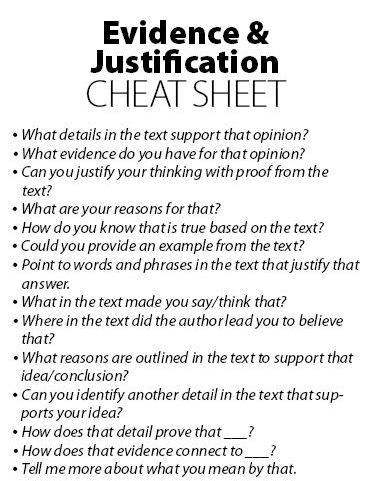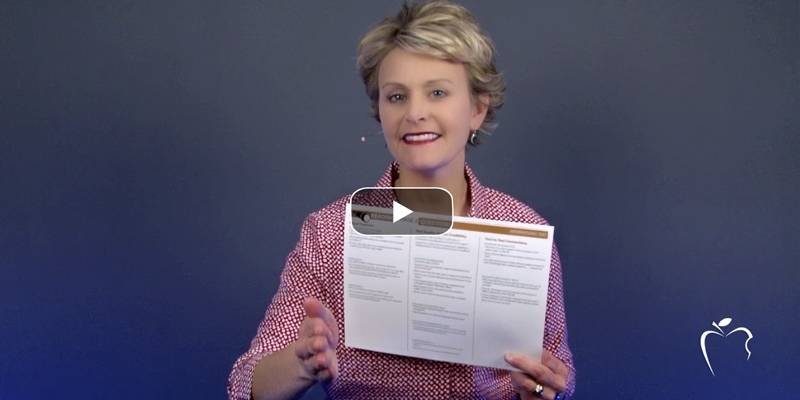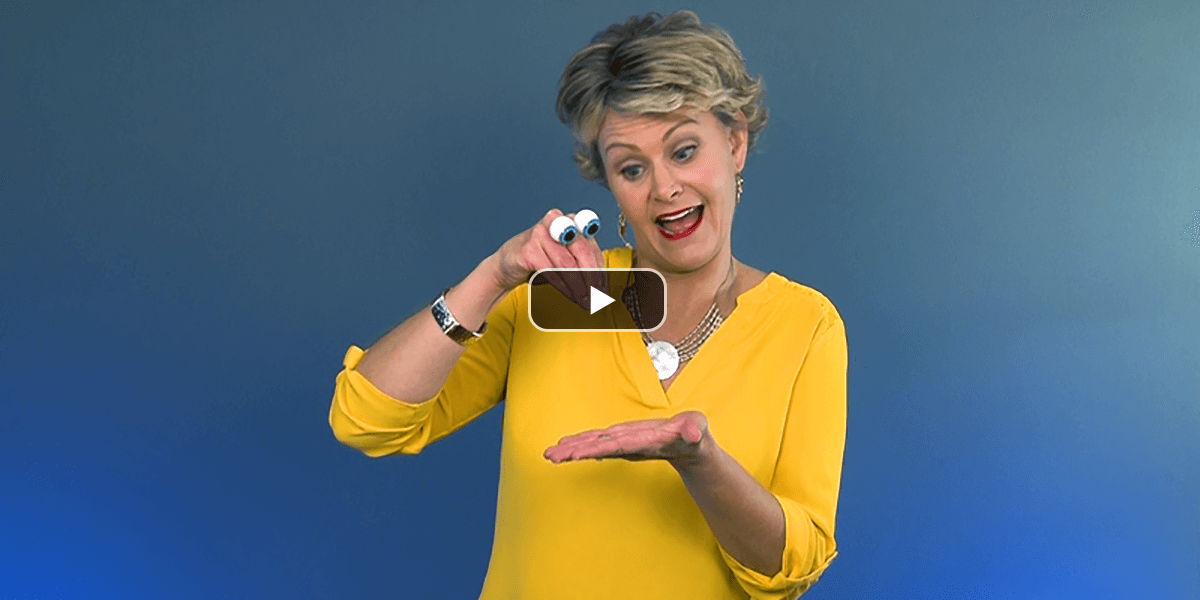Learning Center
reading
Remain neutral when asking How do you know?
april 12, 2016
 The teacher has a couple jobs during text-based conversations, two of which are probing for evidence and staying neutral.
The teacher has a couple jobs during text-based conversations, two of which are probing for evidence and staying neutral.
Regarding the first “job,” teachers can no longer be satisfied with right answers. It’s imperative that they probe for evidence after every answer provided. This means there should be a follow-up question that drives students back into the text for support. How do you know this? What in the text led you to that conclusion? This ensures students aren’t just guessing at the answer, but truly rooting their thinking in the text. Download an Evidence Cheat Sheet with more than a dozen ways to ask an evidence-probing question.
While listening to students’ initial answers, the teacher must also juggle a second job—remaining neutral. That’s easier said than done. Often, when a student responds with the answer we were looking for, we smile and cheer them on to continue. However, that positive outward expression communicates that their answers are correct, and it makes probing for evidence a moot point. Students no longer need to justify their answers, they know they are correct. They don’t need to read the text; they can simply read the teacher.
Rather, as each student answers a question, keep your face and body language neutral. Don’t indicate if they are right or wrong; defer judgment. Simply follow a student’s inference with your evidence probe.
Then, watch as the student leans in to check the text. After a few minutes, the student may discover that his inference was incorrect, as he can find no supporting evidence. Or, maybe he changes his answer after finding contradictory evidence. Regardless, he is fixing up his own misunderstanding, rather than always relying on the teacher to tell him if he is right or wrong.




